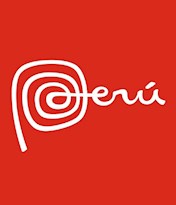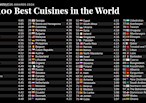In the heart of the Peruvian Andes lies Cusco, an ancient city that was once the capital of the vast Inca Empire. Even the Spanish conquistador Francisco Pizarro was left in awe when he set foot on its streets, surrounded by lavish palaces and temples built with massive stones (the method of quarrying and transporting them still remains a mystery). That event marked the end of the once-great Andean civilization and the start of the new era of Spanish colonization, blending these two great cultures into what is now one of the world's most beautiful cities.
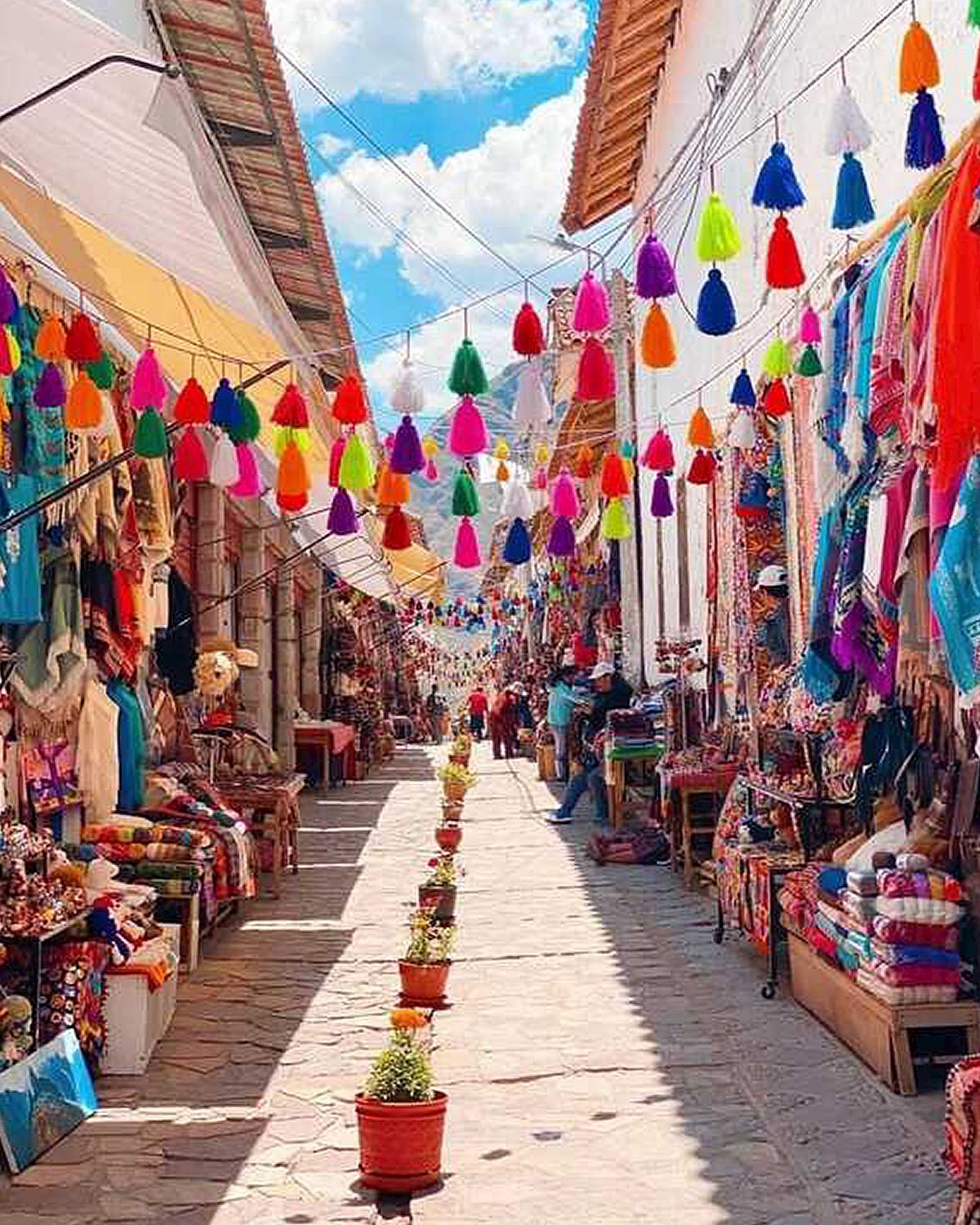 Colorful streets of Cusco - Credits: Cusco Expedition
Colorful streets of Cusco - Credits: Cusco Expedition
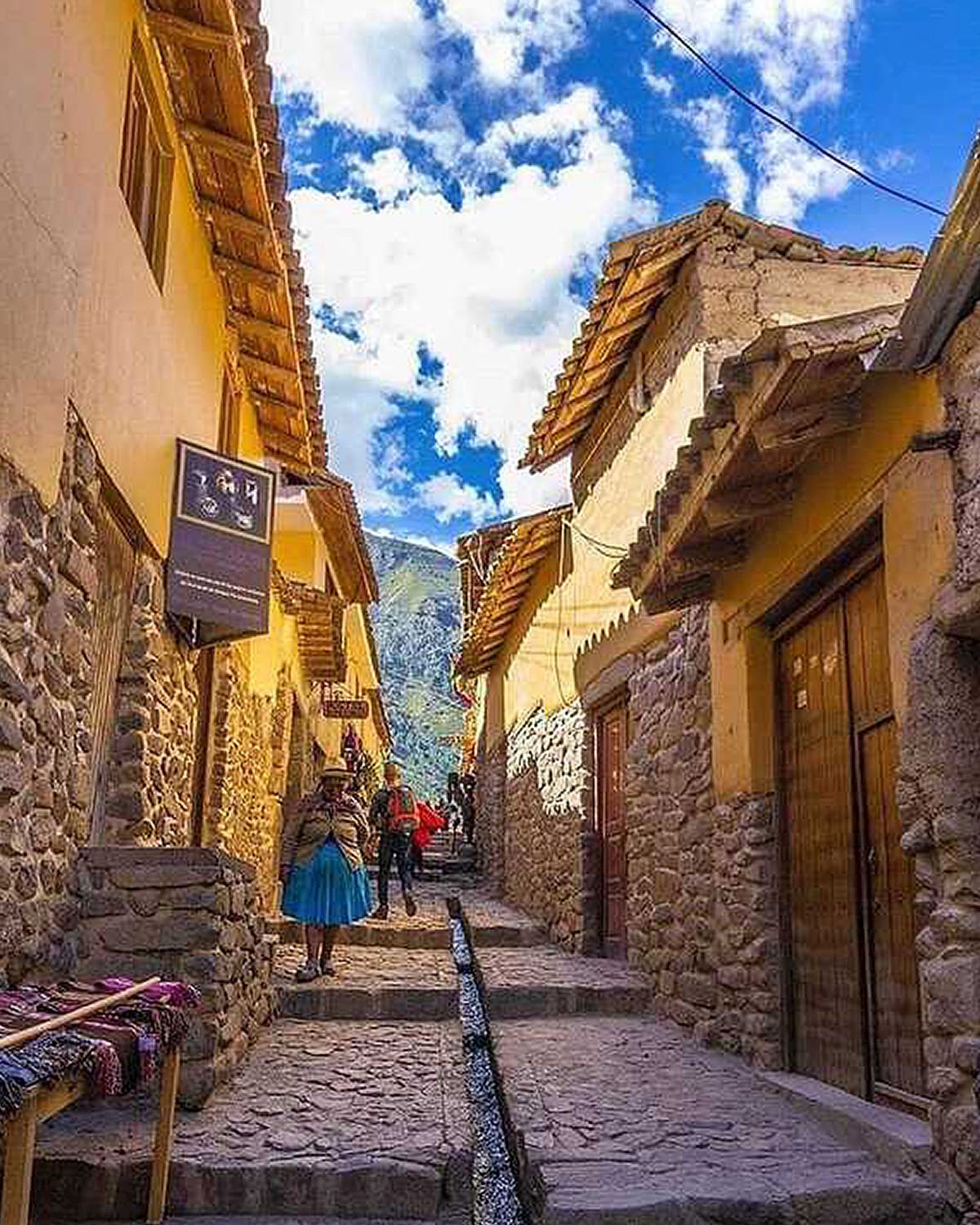 Narrow cobbled streets evoke the past - Credits: Machupicchu Luna Tours
Narrow cobbled streets evoke the past - Credits: Machupicchu Luna Tours
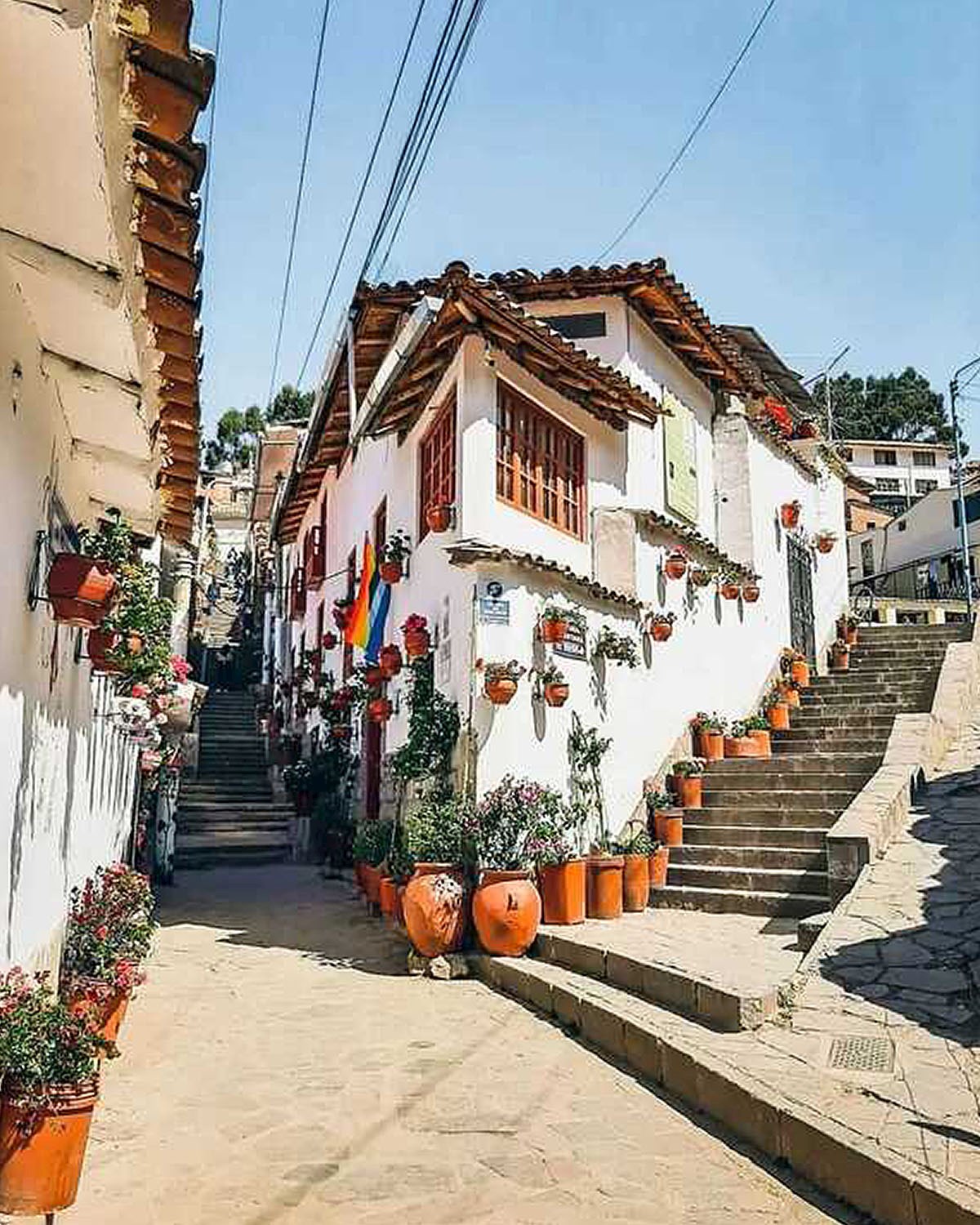 Cusco is often regarded as one of the most charming cities in the world - Credits: Cusco Expedition
Cusco is often regarded as one of the most charming cities in the world - Credits: Cusco Expedition
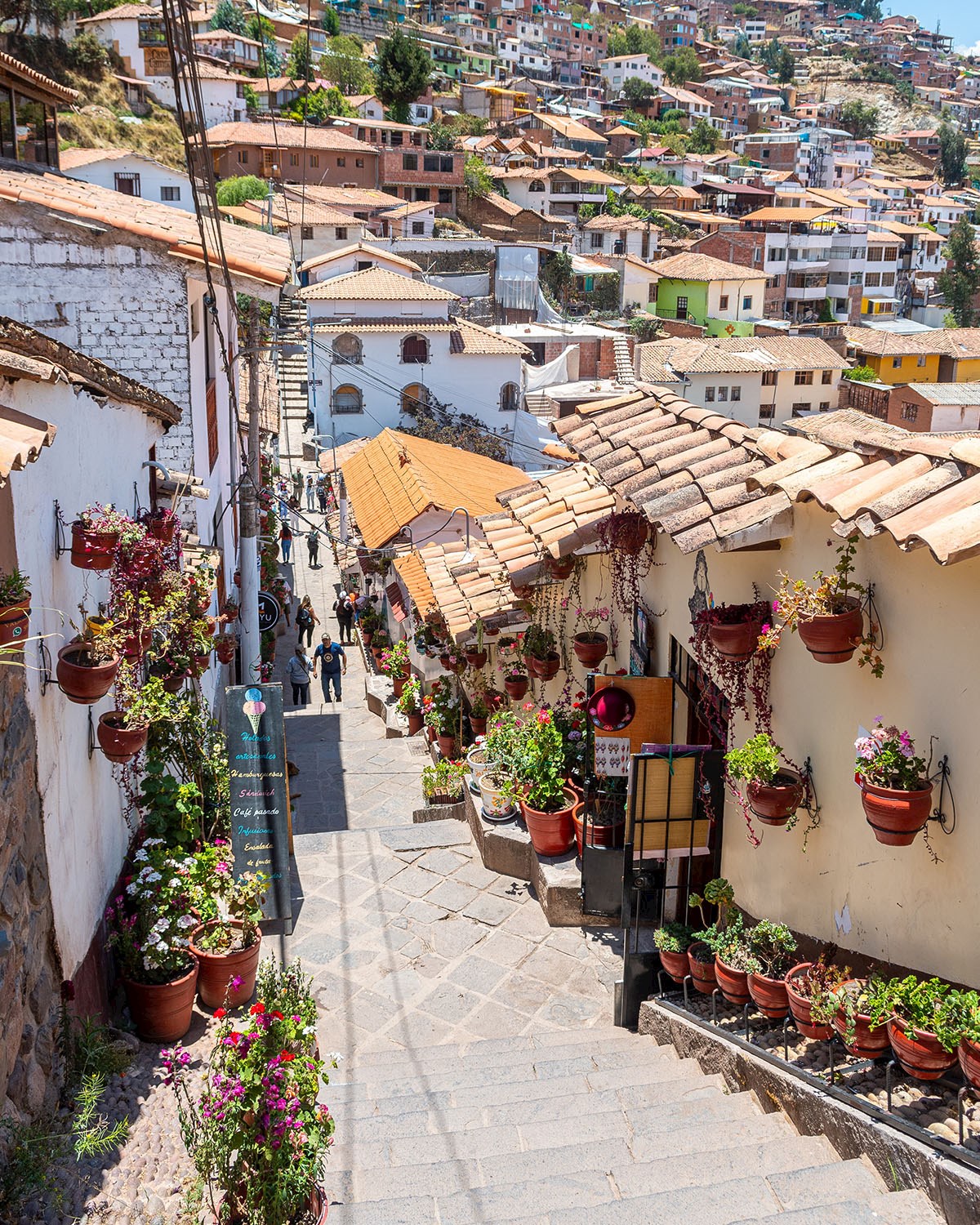 Artisan stores on the streets of Cusco - Credits: Shutterstock
Artisan stores on the streets of Cusco - Credits: Shutterstock
Today, the whole of Cusco is recognized by UNESCO as the World Heritage site, and has become one of the biggest tourist destinations in Peru, with more than 2 million tourists annually. And by all means, it lives up to the hype.
The echoes of the Incas and the colonial charm
Although the Spaniards destroyed most of the Inca buildings and used the material for their needs, there are remnants of the once-great empire scattered in and around Cusco. Sacsayhuamán, located on the outskirts of the city, is one of them: a fortress made of massive, zig-zagging stone walls, assembled without mortar, still stands as a witness of the architectural skilfulness of its builders.
 Soups are an integral part of the Andean cuisine - Credits: Shutterstock
Soups are an integral part of the Andean cuisine - Credits: Shutterstock
 Alpacas are almost pets to the locals - Credits: Shannon
Alpacas are almost pets to the locals - Credits: Shannon
In the historic center of Cusco, one can find Coricancha, the most important temple of the Inca Empire, once covered in gold sheets that reflected the sun's rays. The colonists took the gold sheets, destroyed the temple, and built the Convent of Santo Domingo on its ruins. Coricancha may be lost, but the convent is still there to admire.
 Local woman selling alpaca wool - Credits: Shutterstock
Local woman selling alpaca wool - Credits: Shutterstock
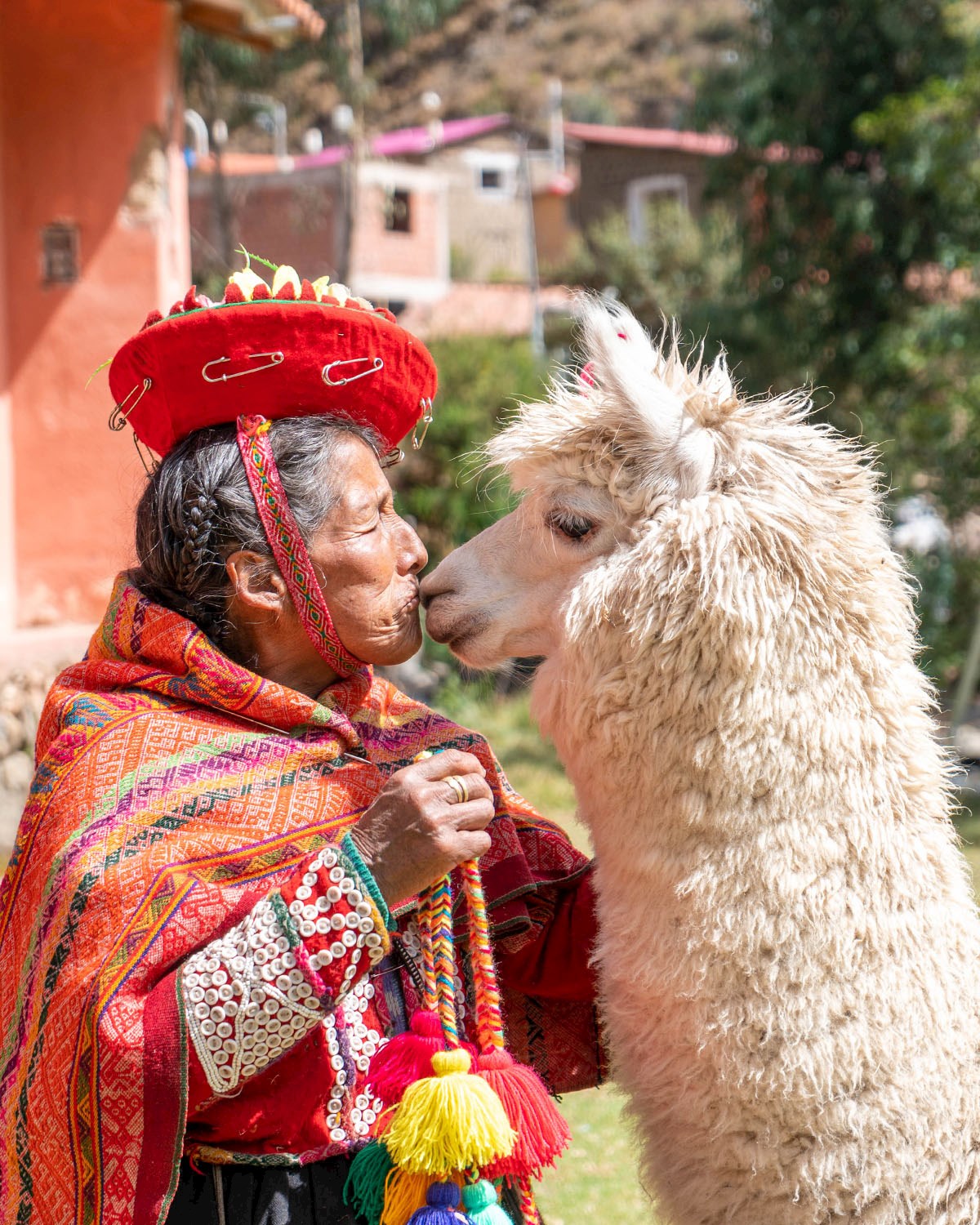 The bond between the locals and the alpacas is ancient - Credits: Shutterstock
The bond between the locals and the alpacas is ancient - Credits: Shutterstock
Down in the Sacred Valley, some 70 kilometers (45 miles) northwest of Cusco, lies the ancient Ollantaytambo, which is practically a living settlement that lies on the ruins of a great Incan city. Once the royal estate of Emperor Pachacuti, this town is filled with temples, dwellings, and a fortress with terraces that climb steep hillsides.
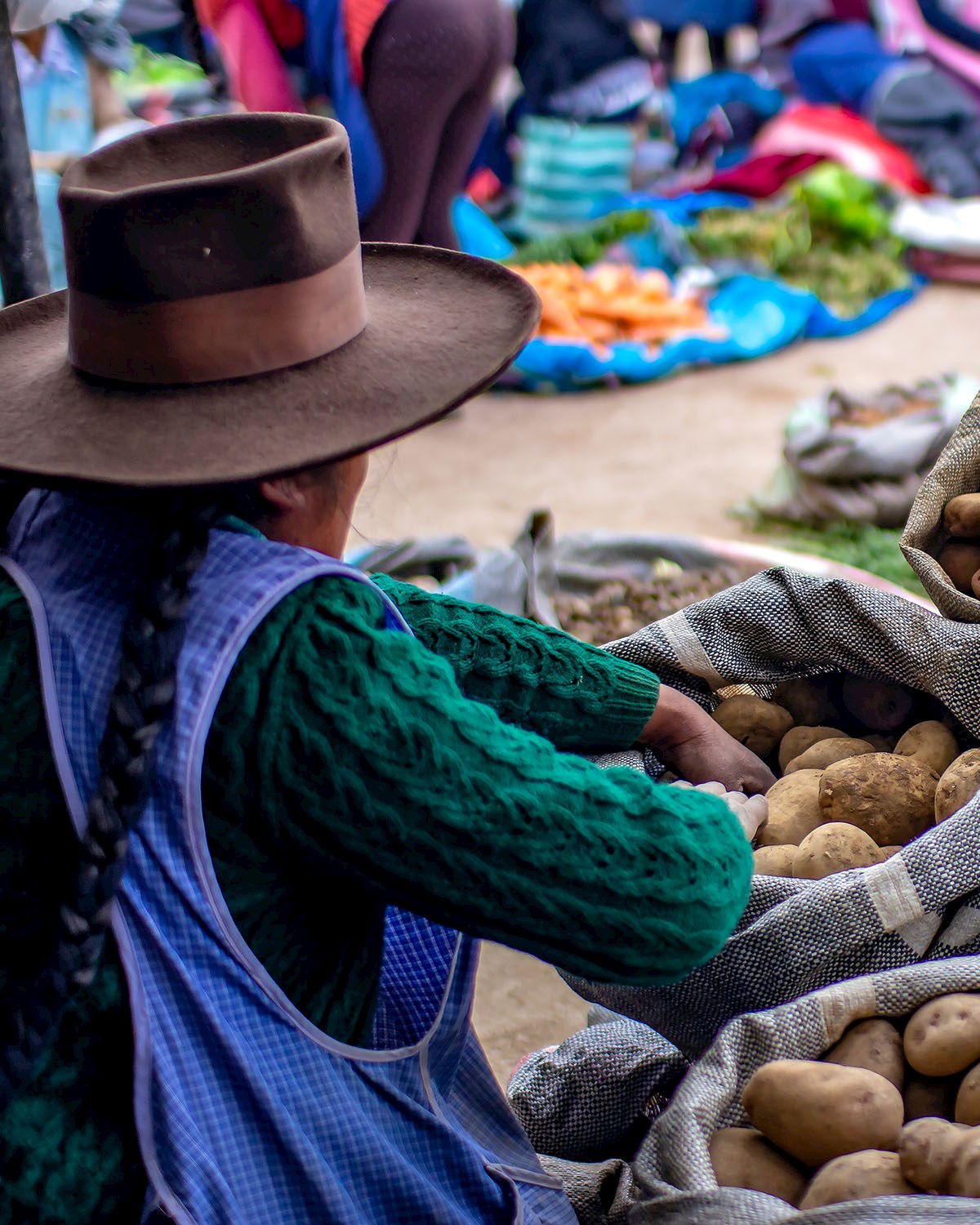 With up to 3,000 variaties, potato is a staple in the local diet - Credits: Shutterstock
With up to 3,000 variaties, potato is a staple in the local diet - Credits: Shutterstock
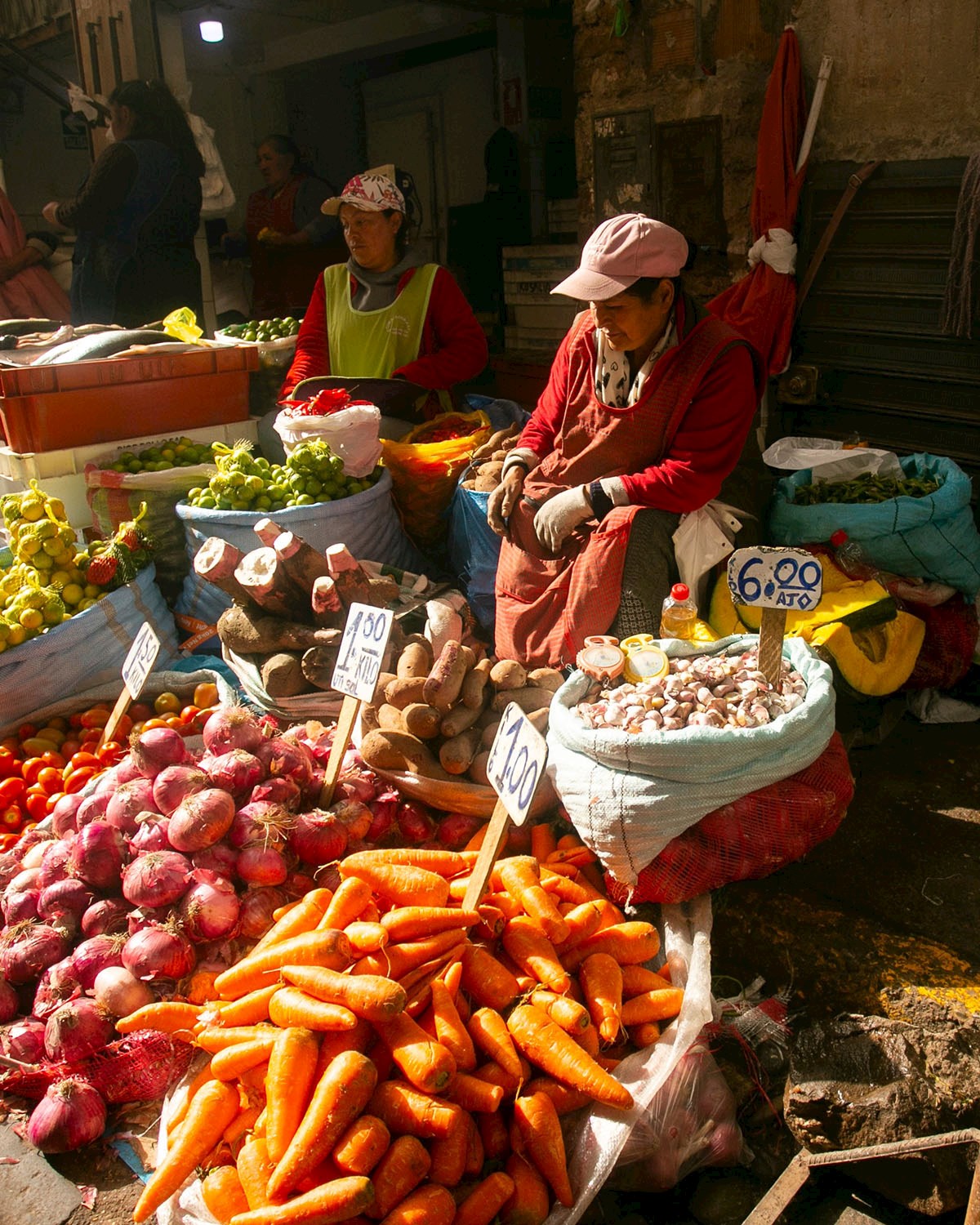 Fresh produce sold on the streets of Cusco - Credits: Shutterstock
Fresh produce sold on the streets of Cusco - Credits: Shutterstock
When it comes to the Spanish influences, they are nowhere more evident than in Plaza de Armas, Cusco's central square, framed by Spanish colonial arcades and dominated by two churches – the Cusco Cathedral and the Iglesia de la Compañía de Jesús, both housing priceless works of art from the Cusqueña school. Close by is the not-to-be-missed San Blas neighborhood, a bohemian part of Cusco filled with artisan shops and galleries.
 Local women preparing pachamanca feast - Credits: Shutterstock
Local women preparing pachamanca feast - Credits: Shutterstock
But, it's not all about history with Cusco. The Sacred Valley offers great trekking opportunities, and there is hardly anything better than walking through plush green tapestry, surrounded by picturesque villages, Inca ruins, and terraced fields still used for growing produce.
Approximately halfway through the valley, travelers might stumble upon the town of Maras, known for its surreal landscape where hundreds of salt-evaporation ponds, dating back to Incan times, sparkle under the sun. These salt mines are owned by the members of the local communities who still exploit them for the famous Peruvian pink salt, which can be bought directly from the source.
Guinea pigs and other unique delicacies
Cusco's culinary heritage has deep roots. The Incas cultivated a diverse range of crops in the terraced fields of the Sacred Valley, many of which remain staples in Cusquenian dishes. Key products like potatoes, maize, quinoa, and chili peppers serve as the bedrock of the region's cuisine, and combined with some more distinctive ingredients like guinea pigs and llamas or alpacas, all with a hefty influence of Spanish cuisine, create the food that is truly special and definitely worth trying.
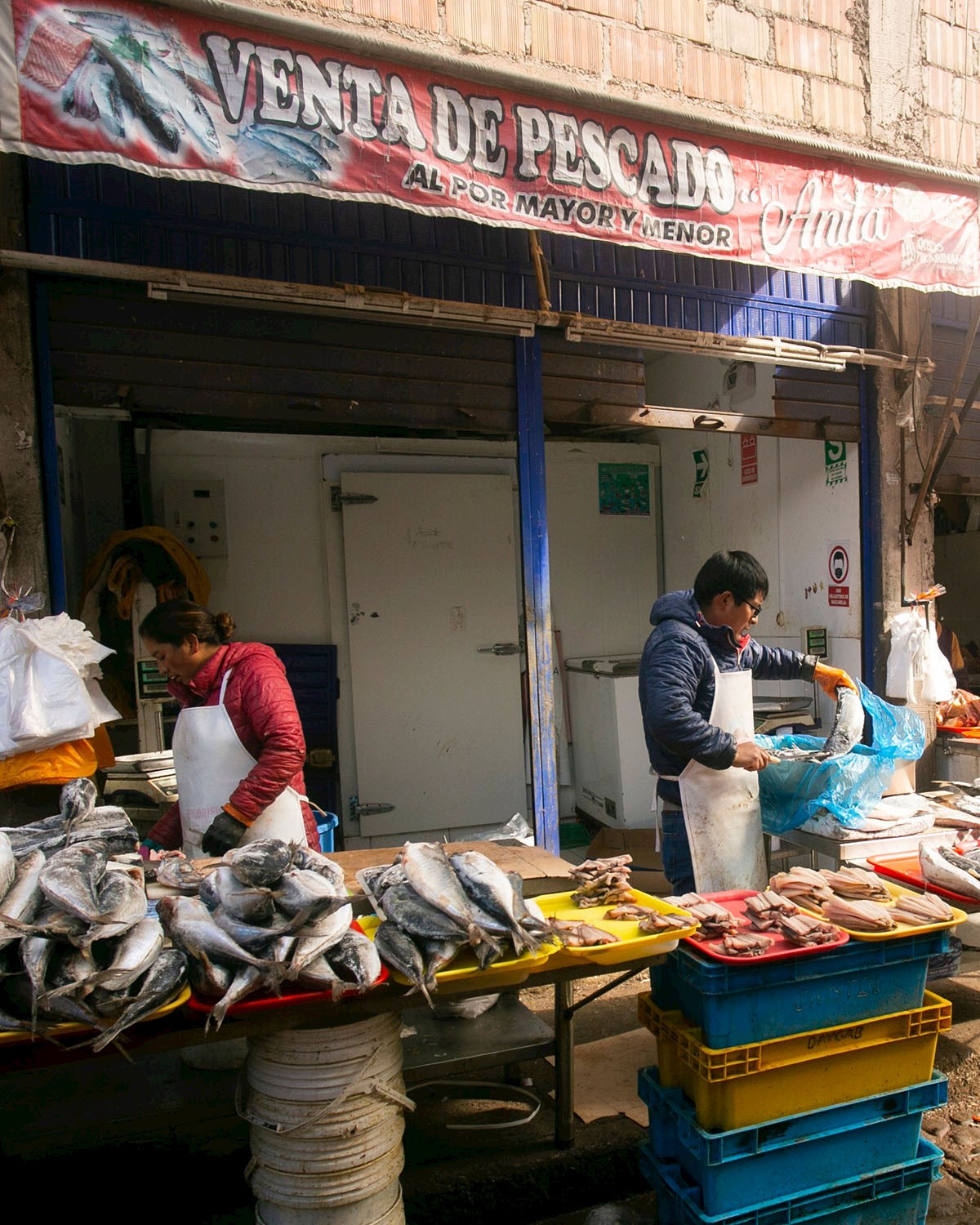 Although far from the ocean, people in Cusco still love to eat fish - Credits: Shutterstock
Although far from the ocean, people in Cusco still love to eat fish - Credits: Shutterstock
• CHIRI UCHU
Chiri Uchu, which translates to "cold chili" or "cold spicy" in the Quechua language, is a traditional dish from Cusco, often consumed during the Inti Raymi and Corpus Christi festivities. The dish is a combination of several ingredients, such as guinea pig, chicken, charqui, fresh cheese, and rocoto peppers, all sliced or cut into bite-sized pieces and served cold, each symbolizing the diversity of the region and representing the fusion of Andean and Spanish culinary traditions.
 Chiri Uchu - Credits: Dump AM
Chiri Uchu - Credits: Dump AM
• PICANTE DE CUY
Picante de cuy is a traditional dish made with a combination of cuy (guinea pigs), potatoes, garlic, and ají peppers. The guinea pigs are cut into pieces and seasoned with spices and herbs. They are fried on both sides in hot oil, and once fried, the boiled potatoes, ground ají peppers, and minced garlic are added to the pan, and everything is lightly roasted and served with white rice and Creole sauce on the side.
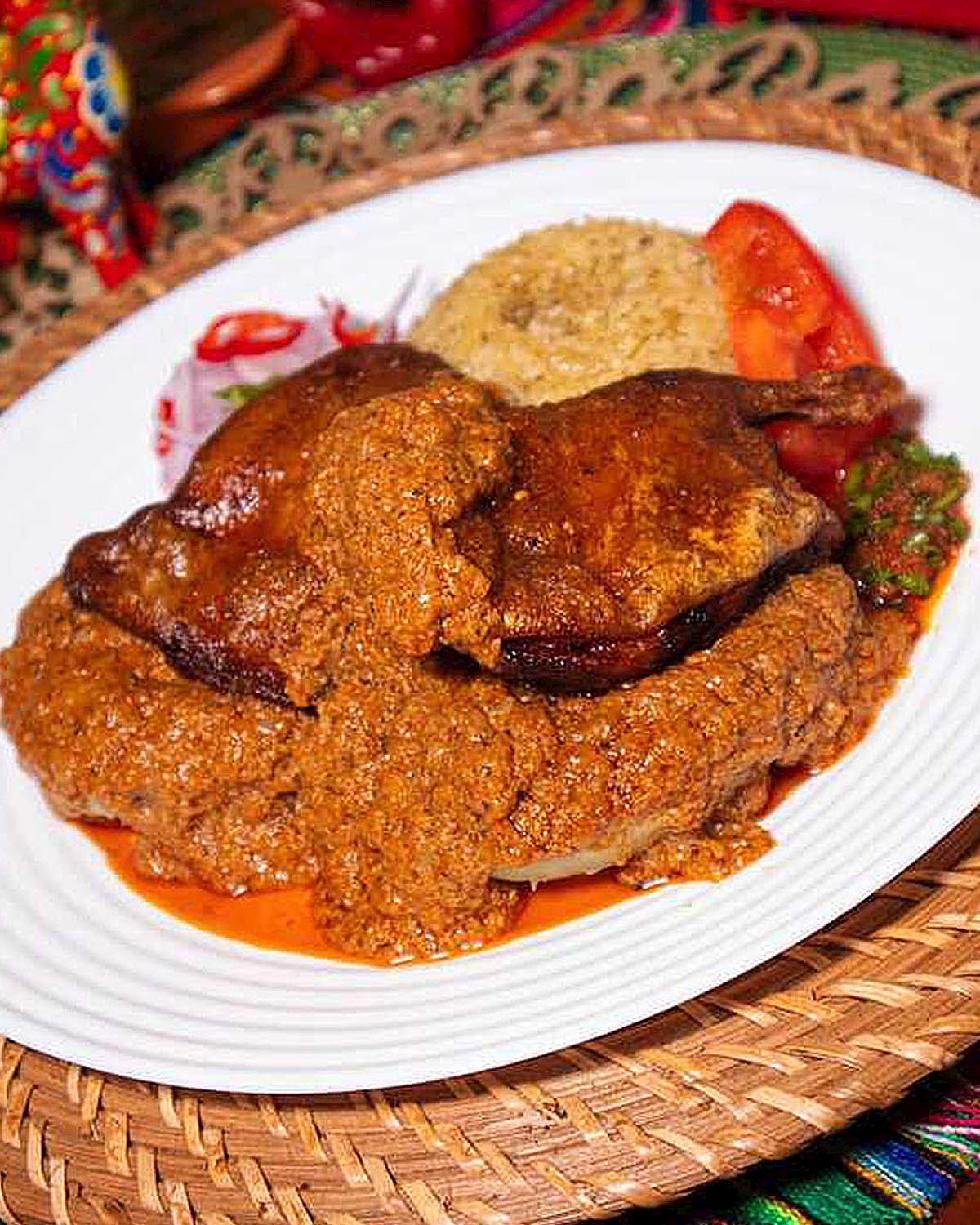 Picante de cuy - Credits: Sazón y Corazón
Picante de cuy - Credits: Sazón y Corazón
Learn more about Picante de cuy
• CUY AL HORNO
Cuy al horno, translated as "roasted guinea pig", is a traditional dish made of guinea pig marinated in a mix of local spices, including garlic, cumin, and aji peppers, before being roasted whole. This makes for a crispy exterior while preserving the meat's tender interior. Often reserved for special occasions, cuy al horno is commonly served with boiled potatoes, corn, and a fresh salad.
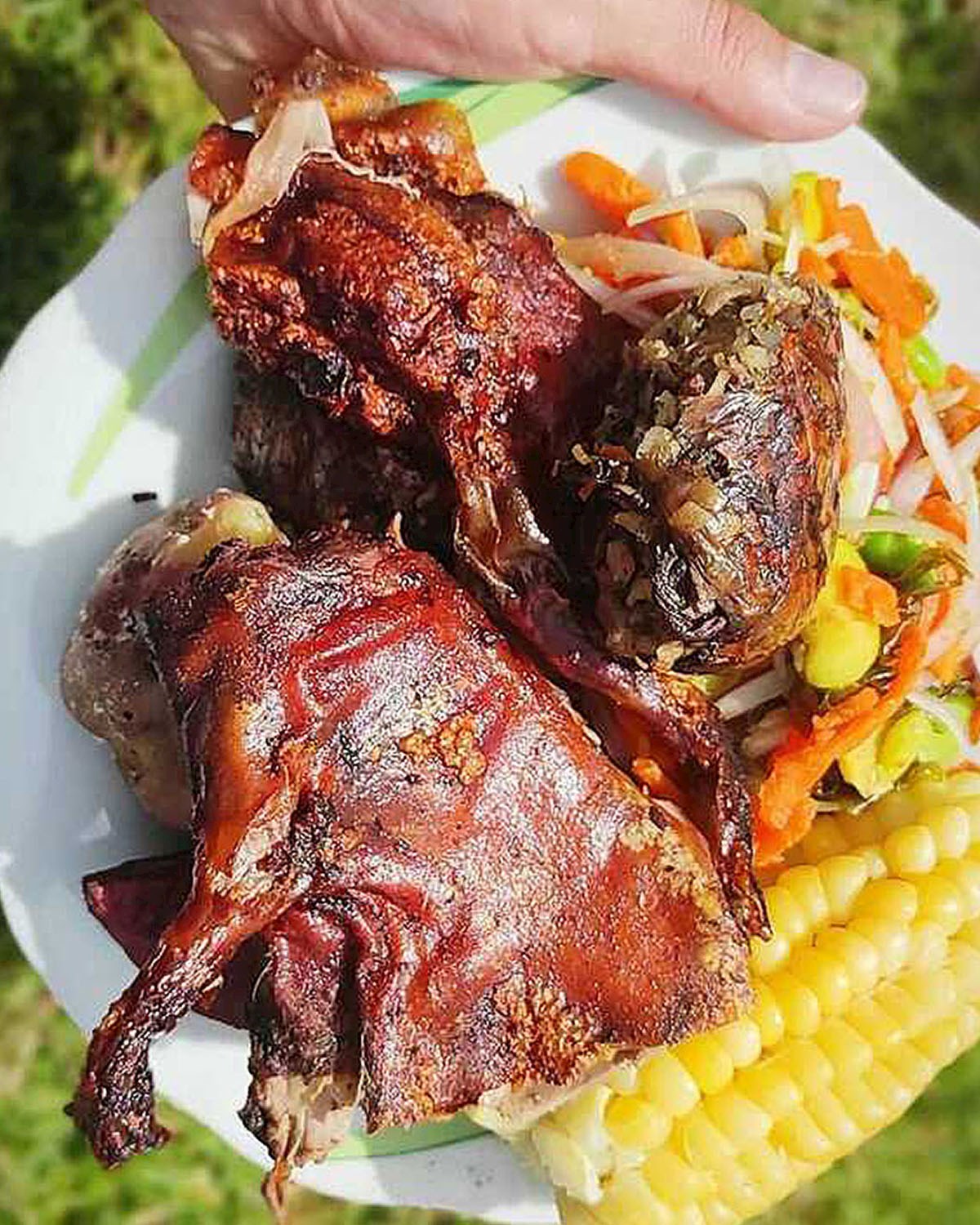 Cuy al horno - Credits: Marco Alosilla
Cuy al horno - Credits: Marco Alosilla
• OLLUQUITO CON CHARQUI
Olluquito con charqui is a s stew that consists of two main parts – olluco, a tuber that grows in the Andes, and charqui – dried and salted llama or alpaca meat. The tubers are cut into thin strips and mixed with garlic, oil, chili peppers, charqui, salt, pepper, and cumin. Once cooked, the stew is garnished with chopped parsley and served with rice on the side. In Cusco, this stew can be found in most restaurants at any time of the year.
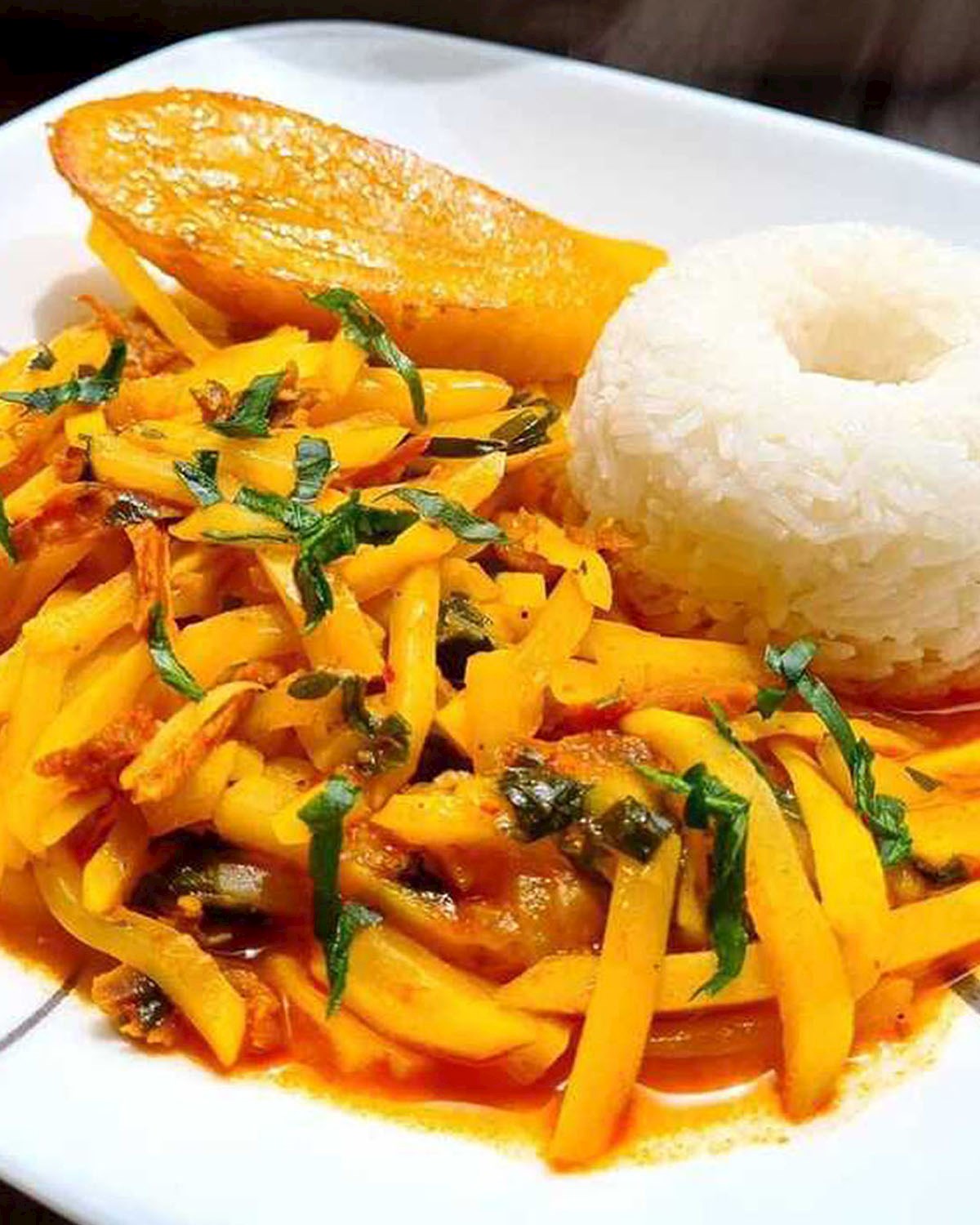 Olluquito con charqui - Credits: Evelyn
Olluquito con charqui - Credits: Evelyn
Learn more about Olluquito con charqui
• SARALAWA
Saralawa is a hearty soup that celebrates the indigenous culture's deep connection to maize. Its main ingredients are tender corn kernels and lima beans, creating a rich and creamy base often seasoned with local spices. When served, it should be piping hot, and only the uppermost layer of soup should be transferred from the big pot to the plate, without any stirring, as it will cause the soup to separate.
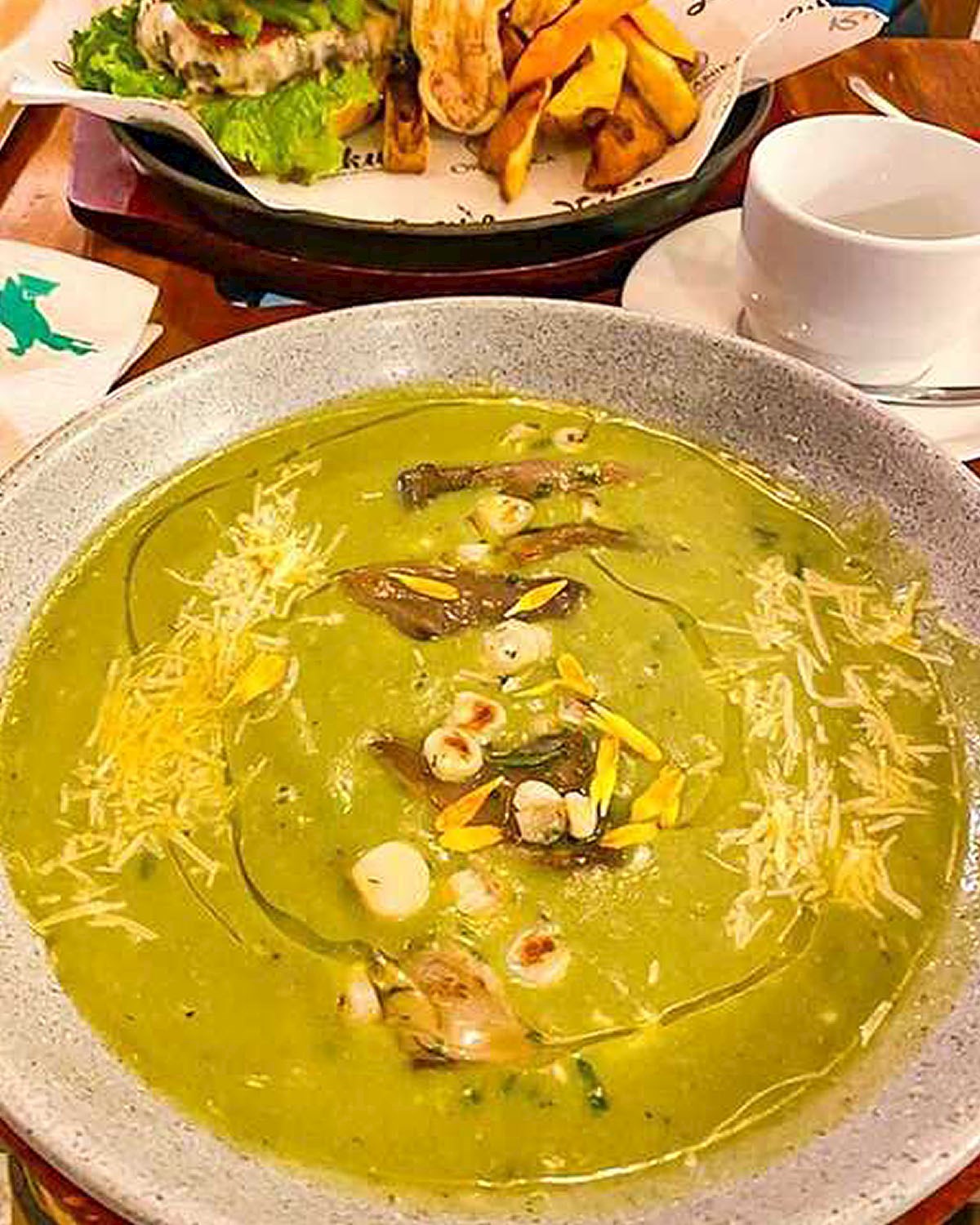 Saralawa - Credits: Yaku
Saralawa - Credits: Yaku
• TAMALES CUSQUEÑOS
Tamales Cusqueños are a unique variant of the tamale, hailing from the Cusco region of Peru. Distinctly different from other tamales, these are recognized by their larger size and the incorporation of peanuts and mild aji chili pepper. Wrapped in corn husks, the masa or dough is a blend of cornmeal, lard, and spices, often including fillings like chicken or pork. Traditionally enjoyed during breakfast or festive occasions, and bought from the street vendors, these tamales are frequently accompanied by salsa criolla.
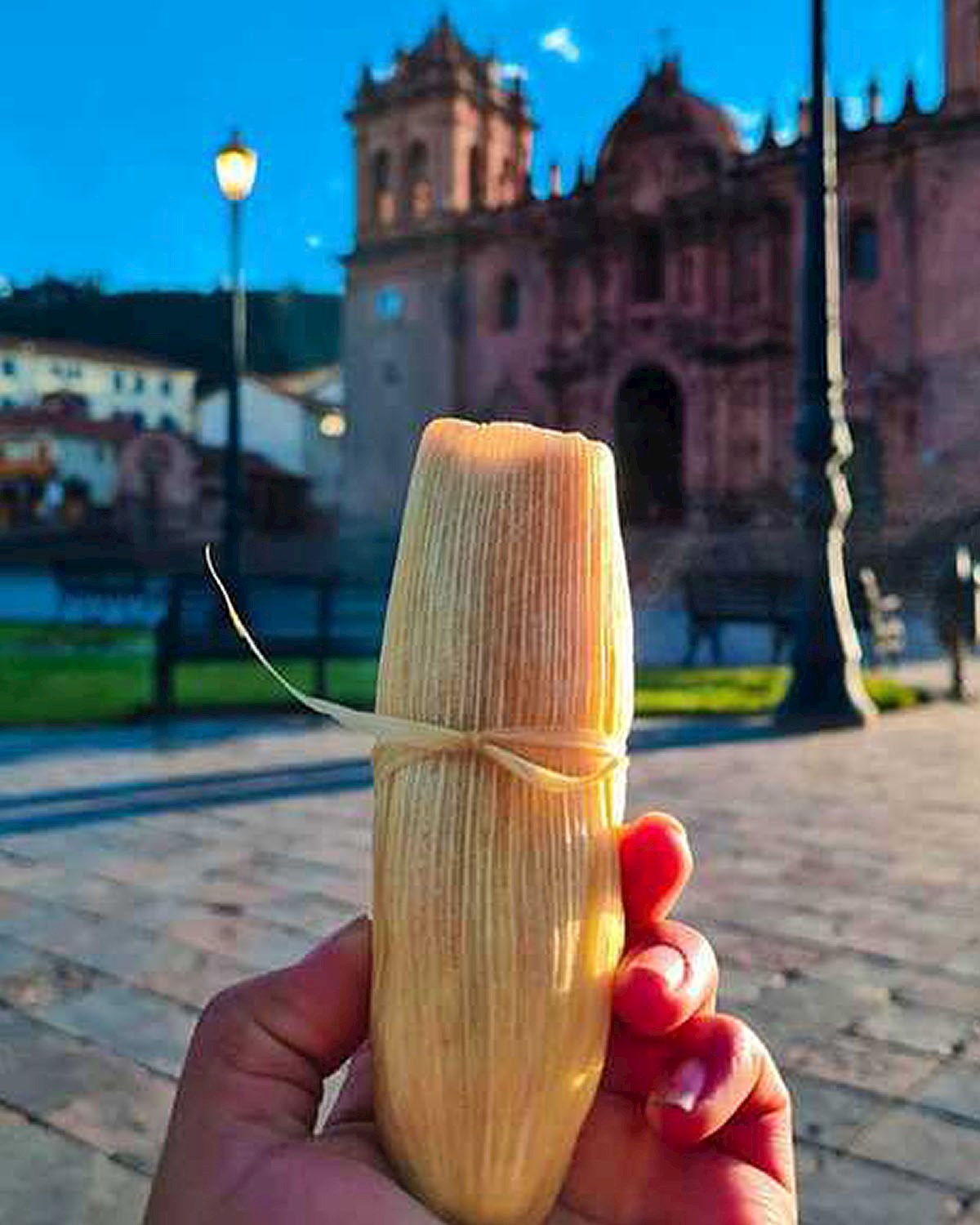 Tamales Cusqueños - Credits: Evelyn Lucero
Tamales Cusqueños - Credits: Evelyn Lucero
Learn more about Tamales Cusqueños
• ZARZA DE PATITAS
Zarza de patitas is a traditional dish that highlights the often-overlooked delicacy: pig's feet. The feet are meticulously cleaned, boiled until tender, and then deboned, resulting in gelatinous pieces that are both chewy and soft. The true character of the dish can be tasted with the addition of the zarza, a tangy onion relish marinated with lime juice, chili peppers, and fresh coriander. Served cold, zarza de patitas is a popular appetizer or side dish, especially during festive occasions or family gatherings.
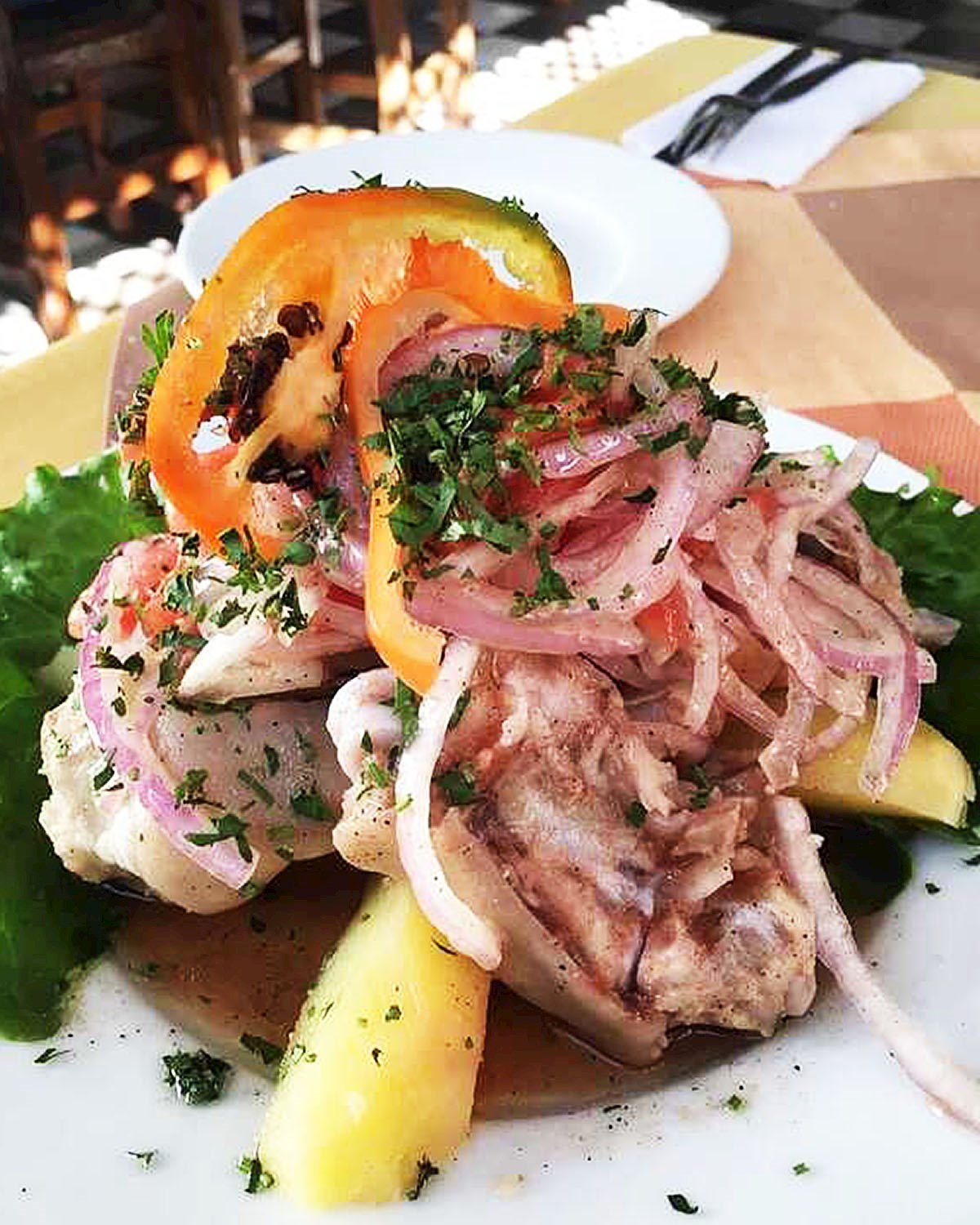 Zarza de patitas - Credits: Gastrovibes
Zarza de patitas - Credits: Gastrovibes
Learn more about Zarza de patitas
• MARAS SALT
Maras salt is a type of salt that has been traditionally sourced from the ancient salt pans of Maras or Salinas de Maras, as they are called locally. This artisan salt is obtained by scraping the pinkish salt crust that forms on the bottom of the salt ponds once the salt-infused water that used to fill them has evaporated entirely due to the sun and wind. It is appreciated for its beautiful color, rich flavor, nutritional value, and exceptional health benefits.
 Maras salt - Credits: Shutterstock
Maras salt - Credits: Shutterstock
Cusco has numerous traditional restaurants that offer a variety of local dishes, mostly prepared the way they used to for hundreds of years. Pachapapa is renowned for its excellent service and authentic Cusco cuisine, offering a beautiful terrace dining experience and is a recommended spot to try the local delicacy of guinea pig, with options for oven-roasted or fried and de-boned.
 Terace of the traditional restaurant Pachapapa Credits: Pachapapa
Terace of the traditional restaurant Pachapapa Credits: Pachapapa
Quinta Eulalia offers a traditional Peruvian and Latin dining experience and is a notable restaurant in the Cusco dining scene for years. Ceviche Seafood Kitchen is well-known for its wide array of Peruvian, Latin, and seafood dishes, especially numerous ceviche varieties that are often regarded as some of the best not only in Cusco, but in whole of Peru.
What and where to eat in Cusco Region

